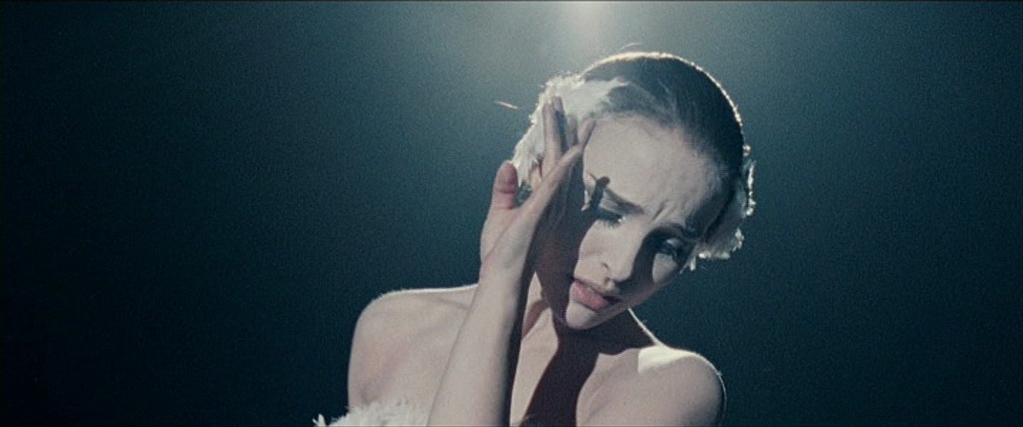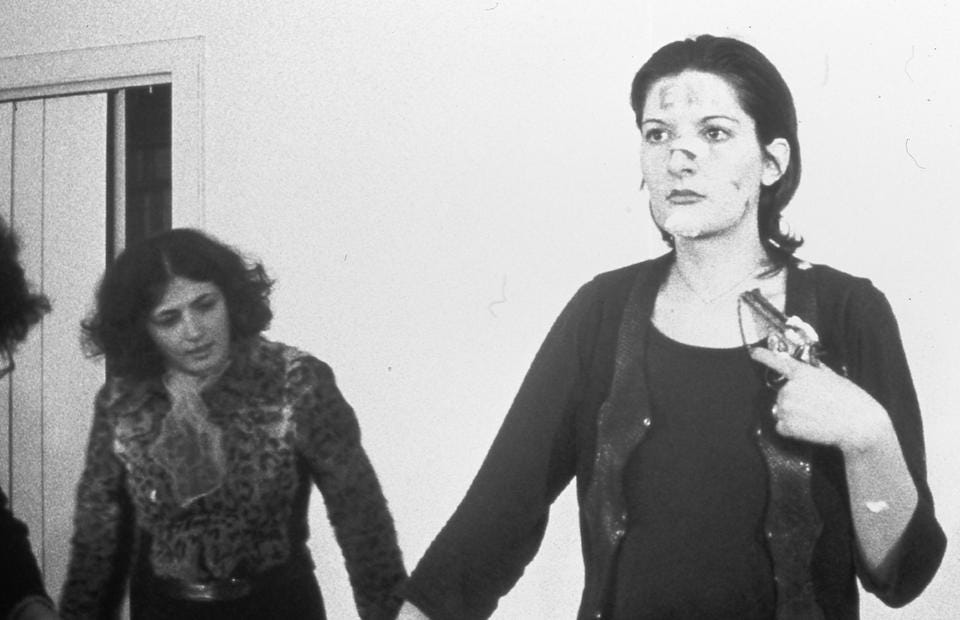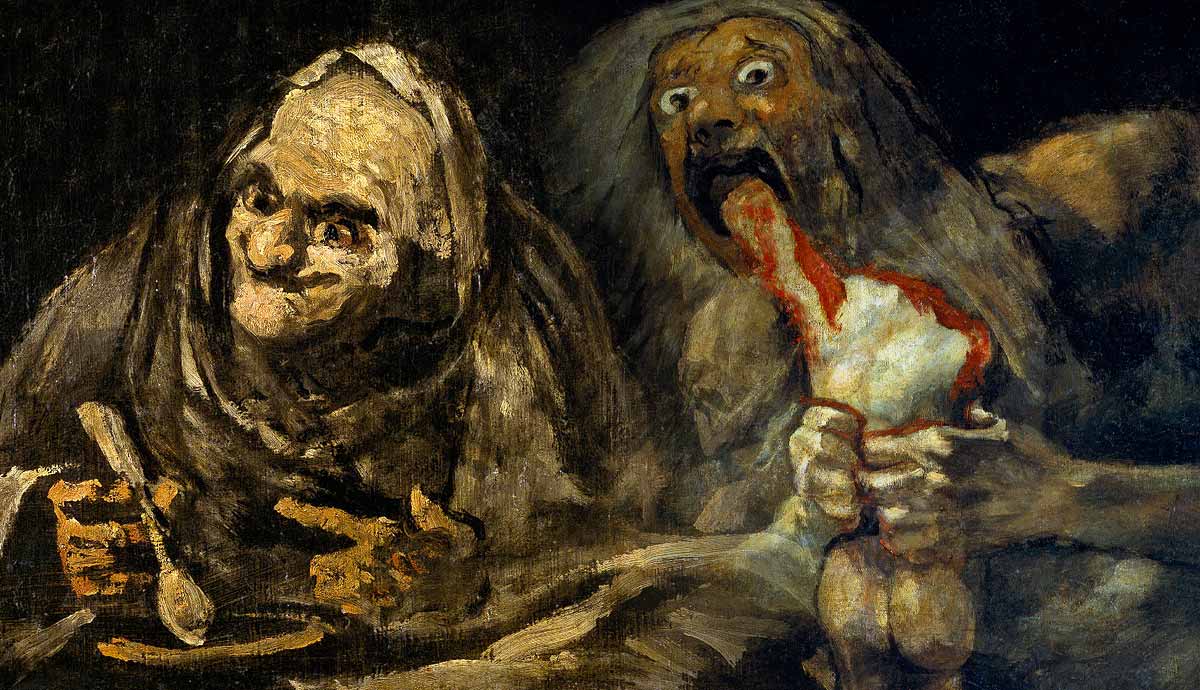By Katerina Valouxi,
Is art itself obsessive by nature? Does it bring out the obsessive tendency that stays well hidden in the deepest parts of a person’s psyche, or do humans themselves obsess over art because that is the only way they know how to express it? When one takes up a creative task and becomes passionate about it, it can eat them up whole; it can consume them. This is a path that is often inevitable for an artist, even when it may seem like it is not. So, the looming question still remains: Can we immerse ourselves in our art without being violently consumed by it?
The short answer is no. Can we really expect that a medium such as art, that requires time, energy and dedication, is going to be easy to handle and always pleasant to indulge into? We usually occupy ourselves with something because it is fulfilling and it is also worth our time and energy. For example, we start drawing or playing an instrument because it is relaxing or creatively fulfilling, because it is an activity that brings us joy. However, what happens when we stop engaging with art lightheartedly and start devoting ourselves to it even more? It is probably then that we become artists. Throughout the years, the trope of the “obsessed artist” has been showcased many times in literature and film. Two of the most popular examples in film recently are Darren Aronofsky’s “Black Swan” and Damien Chazelle’s “Whiplash”. Both movies feature artists that are so obsessed with their craft to the point of destroying themselves, physically and mentally.

“Black Swan” follows a ballerina who is training to perform the protagonist role in the “Swan Lake” ballet, and while striving to achieve perfection she slowly kills herself along the way by trying to live up to her mother’s and her teacher’s expectations. On the other hand, “Whiplash” is centered around a young drummer who is working to perfect his ability to play his instrument, while also dealing with a strict, abusive teacher and orchestra conductor. Eventually, the protagonists in both films reach a state of catharsis, but in a different way –one dies, knowing that her last performance was perfect, even if it drove her to madness and eventual destruction, while the second one lives and overcomes the boundaries of what perfection is supposed to look like. Nonetheless, both of them end up mentally and physically scarred forever, but they achieve what they were craving for; great art.
Can great art come out of happiness only? If one does not suffer, can magnificent art be produced? Suffering is not always necessary for someone to make great art, but art does require striving, which usually comes with suffering. Striving is definitely required from the artist in order to accomplish creative goals and achieve artistic milestones, and thus it can feel exhausting. No matter how much one loves their craft, no matter how passionate they feel about it, it will inevitably, at times, lead them to burn outs and deadlocks. It is tragically ironic, how something you love so much, something to which you may have dedicated your life to, can simultaneously recreate you and destroy you, rebirth you and then kill you. Making art means pushing boundaries, both the artist’s and the audience’s, a process that can be joyful as well as strenuous and tiring. Only the artist knows how many hours they spent practicing, creating, performing a piece, how much displeasure and pressure they felt in order for the audience to feel satisfied and relaxed. Obsession with perfection can lead to dangerous paths, but an artist’s way is inescapably obsessive.

Often referred to as the grandmother of performance art, Marina Abramović seems to believe that art usually requires suffering in order to make a statement. Her performance art pieces can not be fully grasped when watched through photos or videos-her art gives the impression that it needs to be experienced personally. One of her most popular as well as impactful performances, Rhythm 0, was conducted in Naples in 1974. Abramović stood still for hours while the audience was allowed to do whatever they wanted to her using any of the 72 objects that were placed on a table near her. The items ranged from objects like roses, bread and feathers, to ones that could cause serious harm like nails, a scalpel, as well as a gun loaded with just one bullet. At the start, the audience was reluctant and barely approached her. Later, however, people started using some of the objects in a dangerous way, causing her physical harm. She herself stated; “What I learned was that if you leave it up to the audience, they can kill you”.
However, what happens when art becomes the ultimate obsessive outlet for suffering? Spanish painter Francisco Goya, part surrealist and part romanticist, defined the dark romantic era with his paintings, especially with his so-called “Black Paintings”. These artworks were originally made on the walls of the artist’s own house in Madrid between 1819 and 1823, and then later peeled off from the walls in order to be exhibited. Some historians believe that Goya’s ‘Black Paintings’ were the result of his years-long deafness, troubled state of mind and eventual isolation, while others believe that they do not reflect a suffering mental state, but social commentary regarding the hard times and the war that he had lived through. Whatever the reason, one thing is for sure; those paintings are terrifying. Depicting evil witches, human-eating monsters and demons, the paintings invite the observer to look at them almost like they want to actively cause harm. Their greatness lies upon the fact that they are so incredibly unsettling –they invite you to face the atrocities depicted but one can not help but wonder, what kind of suffering could possibly cause such art to be made?

In the end, who can judge if art is worthy because of suffering? Marina Abramović has said that “it’s so important to be obsessed and completely diseased by creativity and ideas”. Hence, is art supposed to be all-consuming, and is the artist’s soul supposed to be tortured in order for great art to be created? Is it really worth it sacrificing our well-being for our craft, just to try and achieve the illusion of perfection? The answer must be in the attempt.
References
- Marina Abramovic doesn’t think just anyone can be an artist.’It’s so important to be obsessed and completely diseased by creativity and ideas.’. The New York Times Magazine. Available here
- Marina Abramovic Art Pieces You Should Know. Artsper Magazine. Available here
- Why Did Francisco Goya Make His Black Paintings? The Collector. Available here




